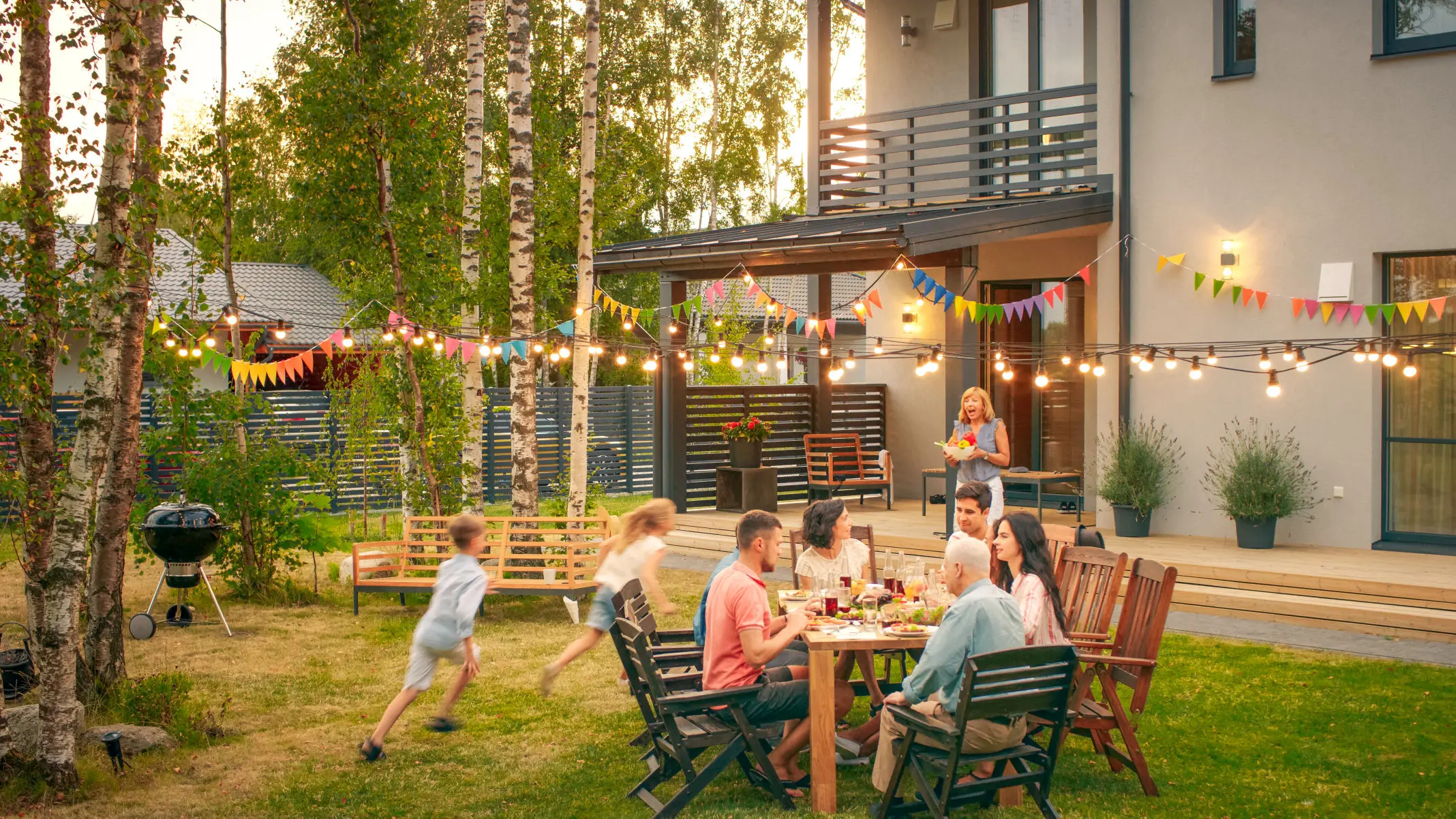


Living in the East Bay means embracing a vibrant lifestyle and access to world-class amenities—but it comes at a premium. While the overall cost of living is significantly higher than the national average, many physicians find that the personal and professional rewards of this region outweigh the expenses.
Everyday life here offers a level of convenience, culture, and climate that few regions can match. You’re not just paying for housing—you’re investing in quality of life, public safety, educational excellence, and career opportunity in one of the nation’s most desirable regions.
While the financial outlay in East Bay is high, so is the return. Physicians who relocate here frequently cite the region’s cultural richness, professional dynamism, and lifestyle quality as investments that pay daily dividends.
Housing in the East Bay reflects the region’s diversity, charm, and blend of urban and suburban living. From the historic craftsman homes of Rockridge to modern townhomes near Walnut Creek BART, there’s a wide range of living options to match your lifestyle needs—whether you're drawn to walkable neighborhoods, hillside views, or family-friendly suburbs.
While prices are among the highest in the country, they come with significant lifestyle returns: shorter commutes, vibrant local amenities, and homes situated near exceptional schools, parks, and transit.
The East Bay housing market demands a premium, but it delivers exceptional value in return—offering not just a place to live, but a deeply livable place to belong. Whether you’re starting fresh or planting roots, you’ll find homes that align with your lifestyle and professional aspirations.



Safety in the East Bay is best understood through its neighborhoods—distinct communities where residents take pride in their homes, look out for one another, and invest in local well-being. While East Bay includes urban areas with pockets of higher crime, it also offers numerous neighborhoods known for their safety, tranquility, and family-oriented environments.
As a physician, you’ll likely find yourself living in or commuting through areas where safety is a priority and where local governments and community groups collaborate actively on public well-being.
Ultimately, the East Bay offers a safety profile where your peace of mind can match your professional confidence—especially when choosing the right neighborhood for your lifestyle and values.
